Calgary Transit then and now – 33rd Ave SW
Presenting another Calgary Transit then and now – we hope you do not tire of them. Then: a trolley bus on the South Calgary (#7) route turns north onto 14th St from 33rd Ave SW. Now: do some quick research to find where the original photo was captured and then return to the location to see what things looks like today. There is one building, seen in both images, that confirms we are at the right spot.
We do not know the date when the old photo was shot but it’s most likely from the late 1960s or sometime in the early to mid 1970s. The image was sourced by this author. The usage rights are a bit cloudy. A number of websites claim ownership and funny, each has given us permission to use it!
The bus seen in the old photo, #447, was built in 1948 and was retired in 1975 when the city’s trolley bus network was closed. At that end date it was listed as out of service (for how long though is unknown) and was sold as a parts bus to Vancouver Transit to keep their fleet of similar buses in service.
This one is a model T44, the most common trolley on the CTS roster, and one of 77 built in the years 1947-50. An additional eight, otherwise similar looking but slightly larger T48A models, were acquired in the years 1950-53. All those mentioned so far were built new for the CTS. Rounding out the fleet were twenty used trolley buses bought from the US. These were a model TC44, made by the JG Brill Company of Philadelphia PA, and outwardly they were different from the others in appearance.
Outside of the used ones, all other trolleys were made in Canada at the Canadian Car and Foundry plant in Fort William (now Thunder Bay) Ontario. That factory made buses from 1945-1962 – trolley buses from 1946-1954. These were built under license from that Brill Company mentioned earlier – whether Canadian or US built, all were collectively know as Brills. The CC&F (or Can Car) factory, starting in the 1960s and continuing on today, makes passenger cars and tracked transit vehicles and is now owned by transportation giant Bombardier. In the 1930s and into the 1950s they also made aircraft or aircraft components. From the 1960s to1980s they made logging equipment and at times have produced military vehicles. A diverse output!
Calgary’s trolley bus system was an offshoot of the city’s old streetcar line. After World War Two, it was worn out and in need of upgrading or replacement. Trolley buses allowed the city to reuse some of the in-place infrastructure – line, poles, substations – while getting rid of the track and cars, both of which were high maintenance; and replacing them with modern buses. It was win/win. It made financial sense, reuse what you already had. Trolleys were also proven technology. Diesel buses were new on the scene and suffered from, among other things, reliability problems (although that would soon change). Trolleys were more powerful than any other design and lastly, the technology was familiar and understood by the crews who kept them up. In other word, it made good sense. At least it did in the 1940s and many many cities in Canada, some dozen of them, once had a trolley bus system just like Calgary.
Many more trolley bus networks could be found in the US and across the world. Today, in Canada, only Vancouver’s is left but it runs off cheap hydro-sourced energy and is modern, and so has a solid future. Most others in Canada were gone by the 1970s, but Edmonton’s lasted until recently and was only shut down in 2009.
With the advancement of diesel technology in the early 1950s, trolleys soon fell out of favour. Most cities however had made big investment in them and so kept them running until they wore out. Near the end, many networks were in bad shape, and were real anachronisms. The trolley bus boom in Canada was brief, lasting from 1945-1950 (there were some small experimental networks before that).
Trolley buses are sometimes refer to as trolley coaches or trackless trolleys.
The bus seen in our “now” picture, #7750, is from 2001 and was made in Winnipeg Manitoba by New Flyer Industries. It’s a model D40LF and is one of hundreds and hundreds of this type on the roster. Not only the most commonly seen bus model in Calgary, it’s hugely popular with most North American transit agencies.
Both buses seen are on the #7 route, also sometimes referred to as the South Calgary run. Today, the #7 bus follows much the same route as the old trolley bus did.
Connecting the then and now pictures is the house seen in back. Built in 1920 it has certainly seen the passing of countless transit vehicles. I am not sure I like its current green paint job.
The neighbourhood of South Calgary, where the house is located, was established around 1910, although for many decades it remained largely undeveloped. Today, many houses in the area are being demolished to make way for huge unsightly McMansions – the term means it’s all about size – size over style, size over substance, size over all. One of these dwellings has sprung up, like a weed, in the foreground in our now picture.
Notice how much the trees in back have grown since the old image was captured.
Check out these bus-themed posts…
Calgary Transit then and now – Eatons.
Edmonton Transit then and now – 95th St.
More GMC Fishbowls.
If you’d like to know more about what you’ve seen here, by all means contact us!
Date: April, 2014.
Location: Calgary, AB.
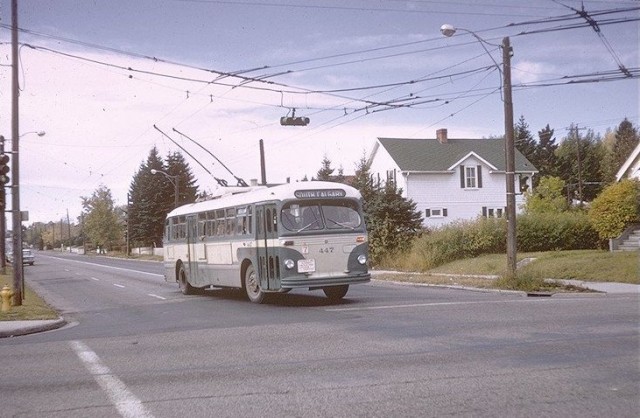
A CTS trolley bus turning off 33rd Ave SW onto 14th St, date unknown.
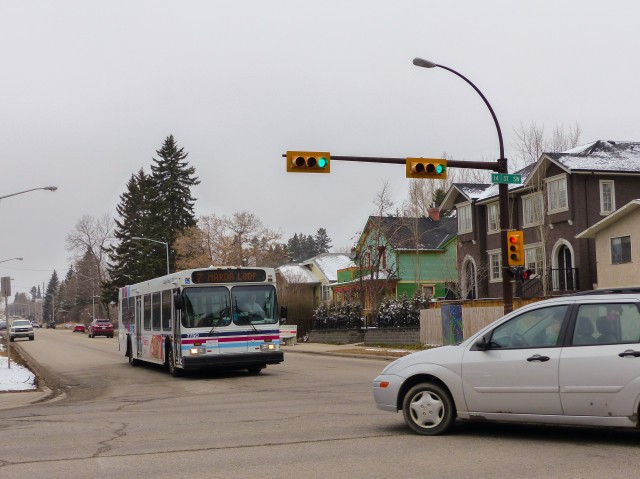
The same view today.
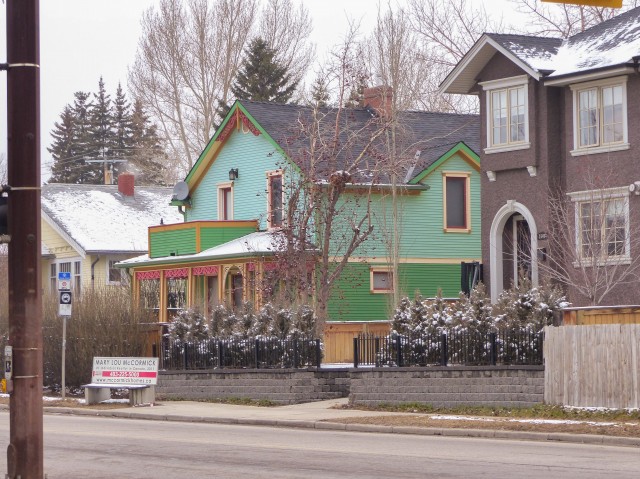
A closer look at the green house – the white one in the old image.

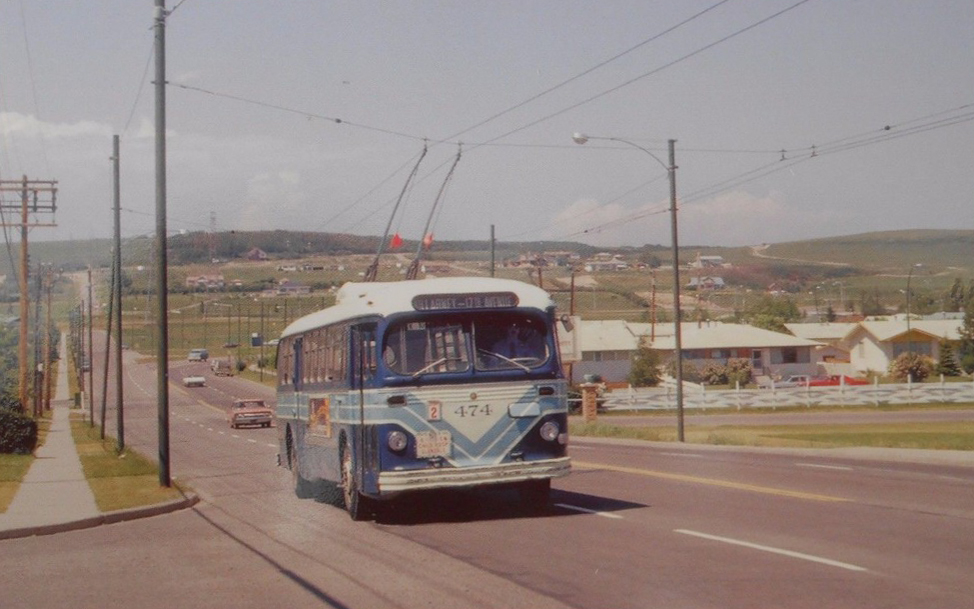
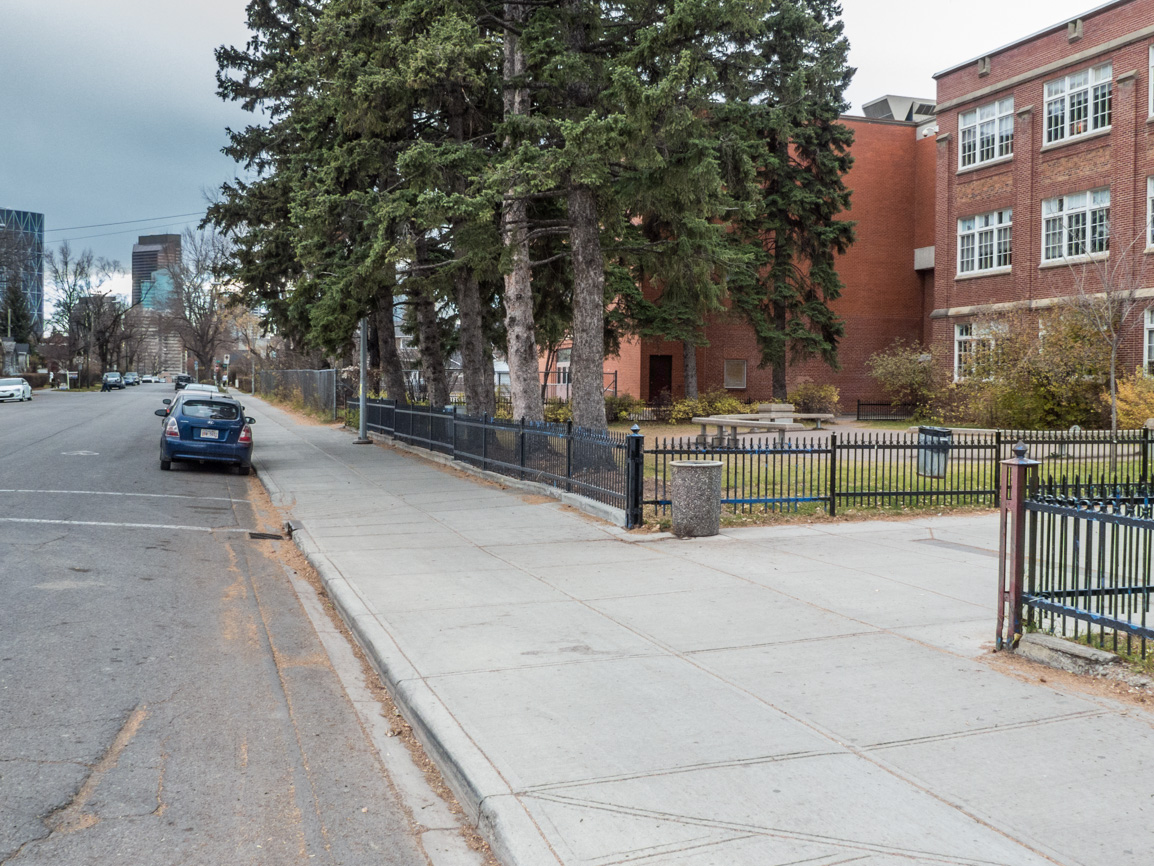
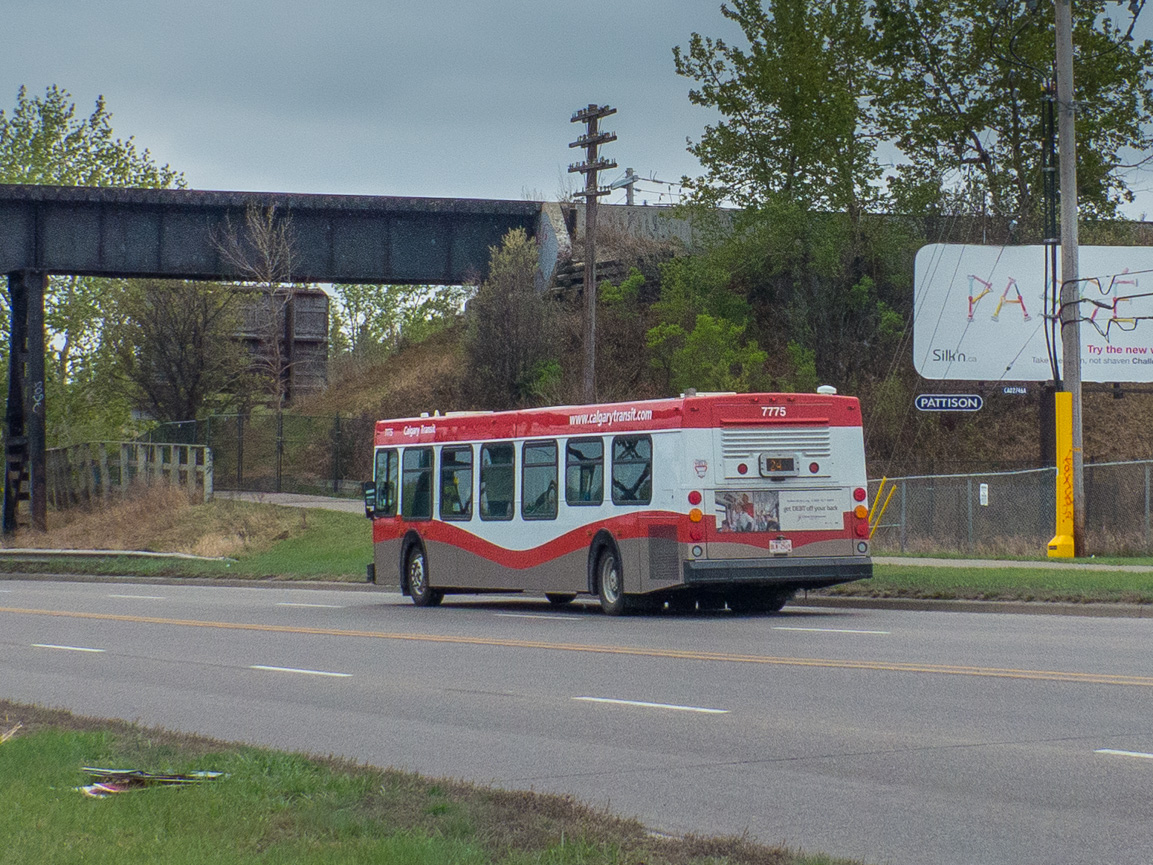
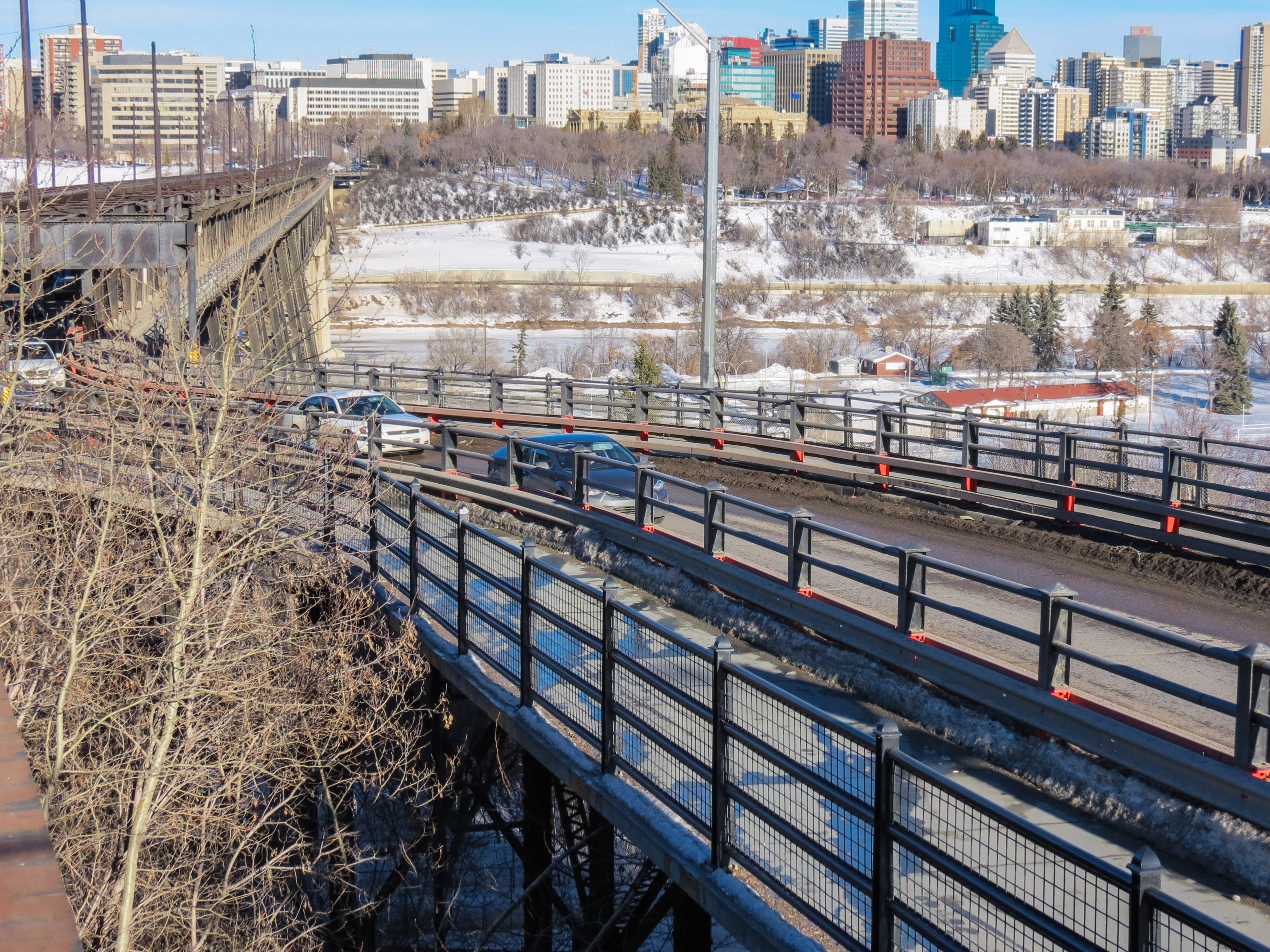
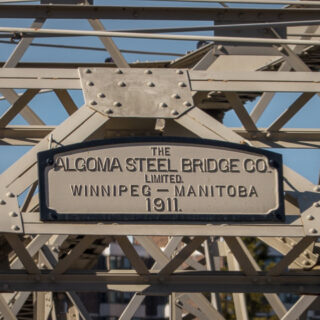
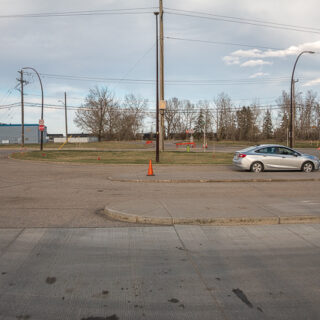
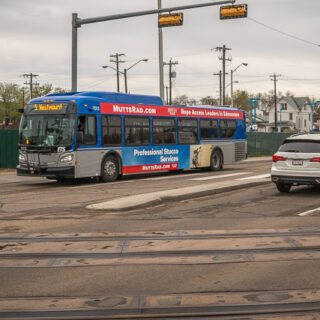
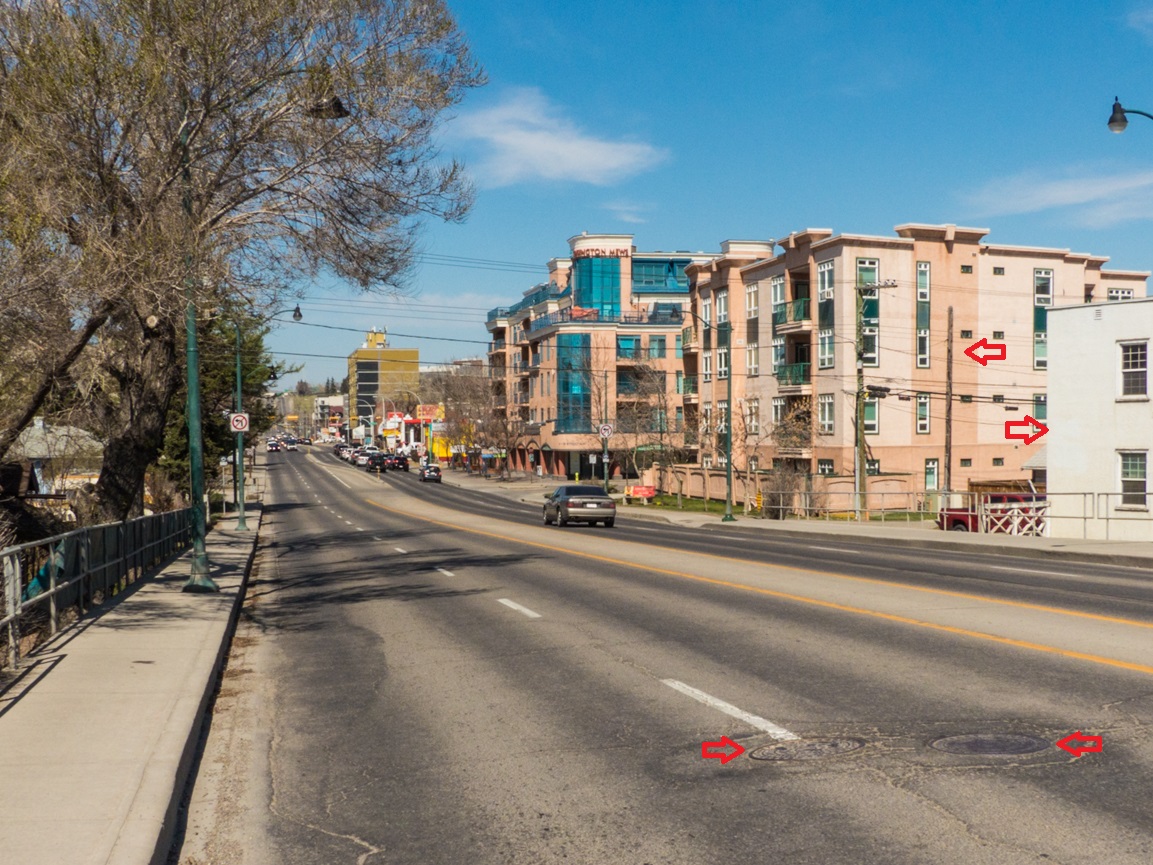
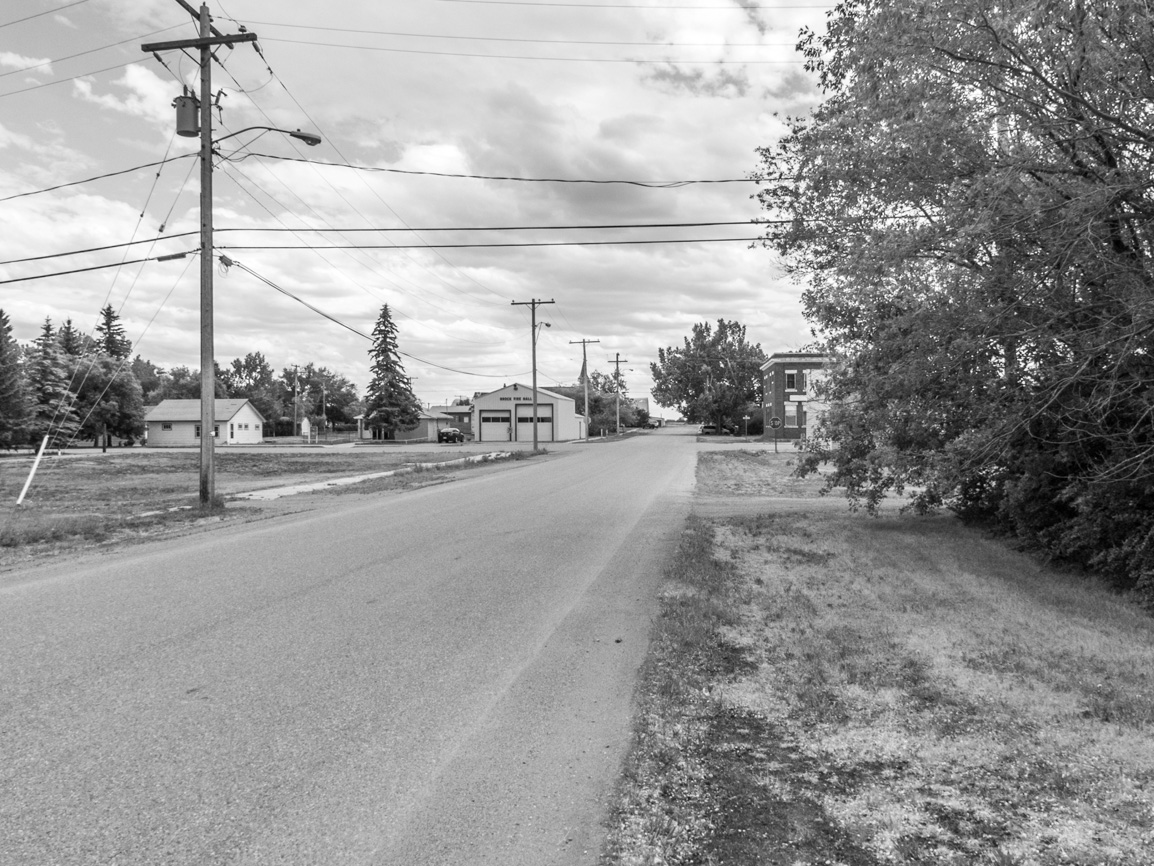
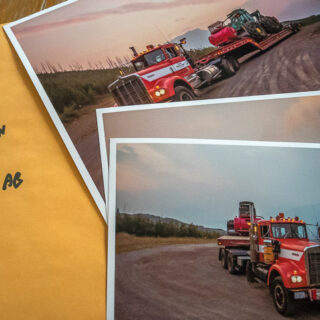
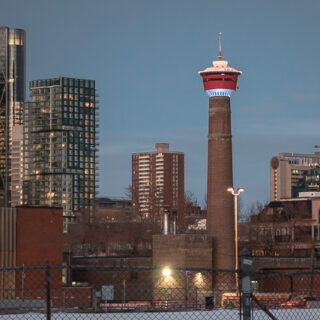
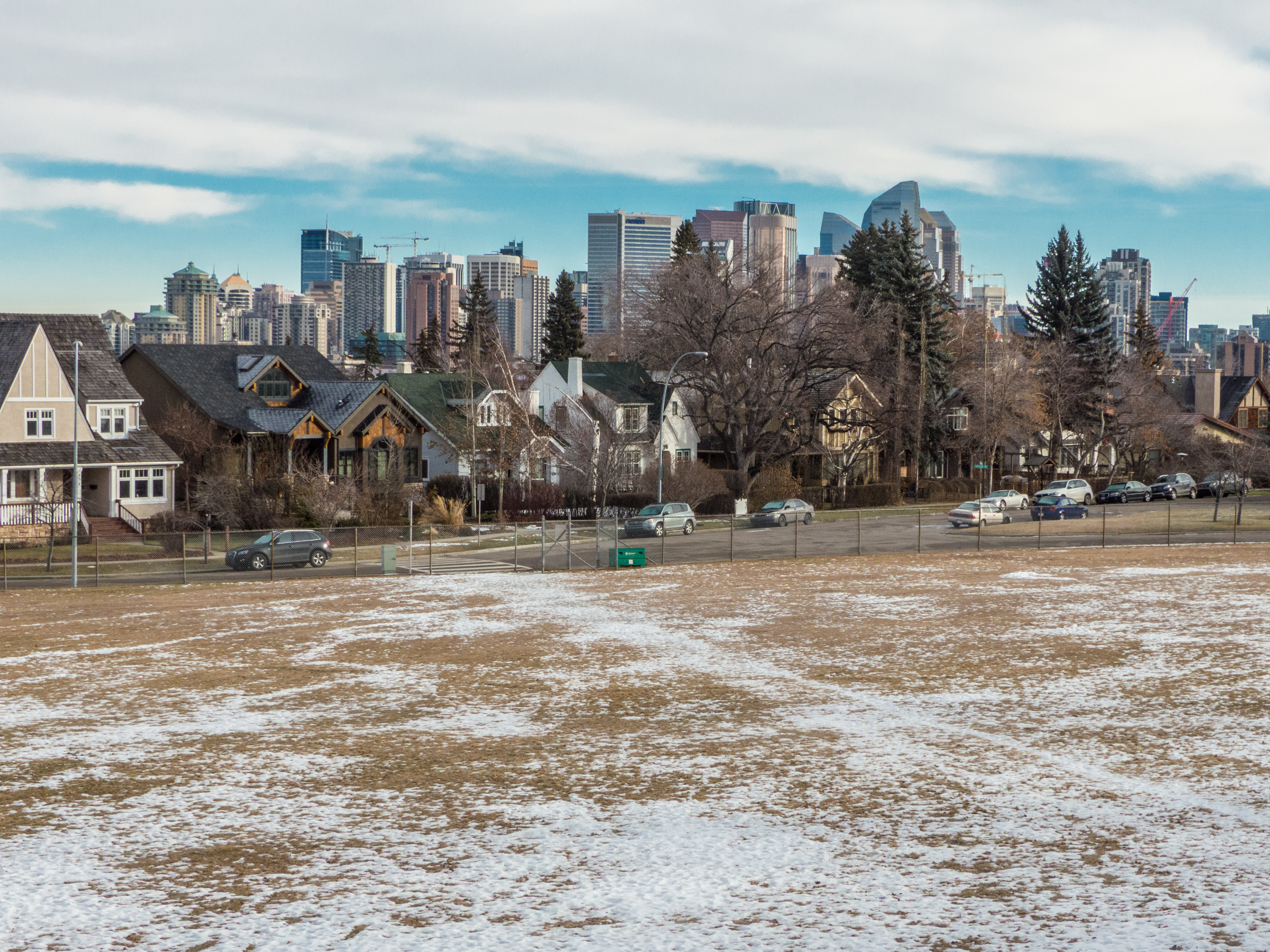
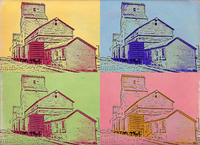





(via Facebook)
I love the two pine trees in the background; significant growth!
They sure have grown!
Grew up in Bankview, the old tropicana pizza was one block south of here.
I remember the place. I think it was later called the “Trop”. Or maybe still is.
That is SO edifying, to see the changes from the same angle on the same street. I love this!!
Glad you like them! Love these doing these comparisons.
I enjoy these now and then photos. Thank you!
Thanks and keep coming back for more. I promise, we’ll get back to doing more of them soon enough.
Great “now and then” capture…the green really has to go though.
Agreed, no fan of it. So LOUD!
(via Facebook)
The more I see the before/after pics…the more I love the befores.
I love how these place used to look. Sometime the change is dramatic, other times so subtle. For most, it’s between. Love doing these.
My father owned a grocery store called Lockhart’s Food Terminal way back when on the corner of 33rd Ave and 21 St. (? I think). Across the street (west) was the movie theatre. Once the large grocery stores started coming in, he changed the business into a Variety Store. There was Pritchard’s Drug Store and then dad’s store beside that. Soooo many memories of dad with a pencil always resting on his ear, and I could take my friends to the grocery store and he would give us each a chocolate bar. I felt like such a big shot, LOL.
Cool! Independent grocery stores were once so common. I recall the Marda Loop Theatre!
I can’t say that anything in the “now” photo represents an improvement, at least not to my eyes.
Agreed!
Isn’t the trolley bus turning NORTH on to 14 St?
Opps, a brain hiccup. You are correct and we have fixed the post.
I remember when one of the poles would come off and the driver would to get out and attach it again.
Yeah and they seemed to dewire in the middle of an intersection…
As a young teenager, we were living in an apartment on the 14th St hill not terribly far from where your pictures were taken. We used to ride the number 7 bus (after the trolleys were gone) to the Marda Loop theatre. I’d say around 1980.
I remember that theatre!